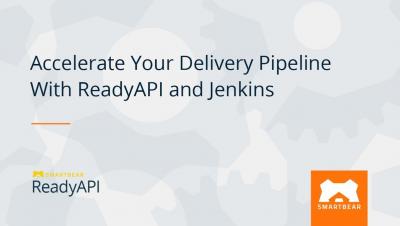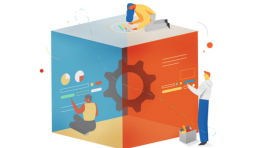Systems | Development | Analytics | API | Testing
%term
Talend API Tester - Working with Scenarios
Hit the "Easy" Button with Talend & Databricks to Process Data at Scale in the Cloud
The challenge today for big data is that 85% of on-premises based Big Data projects fail to meet expectations and over 2/3 of Big Data potential is not being realized by organizations. Why is that you ask? Well, simply put on-premises “Big Data” programs are not that easy.
To Microservices and Back Again: Insights from Both Sides of Digital Transformation
For the last few years, microservices have been gaining popularity as the software architecture pattern of the day. But even as enterprises grapple with how they can undergo “digital transformation,” some startups are looking back to their monolithic roots. Software Engineer Alexandra Noonan topped Hacker News in July with a blog post about Segment’s journey to microservices and back again.
Are we losing the art of long form analysis?
When I attended the Pacific Northwest BI & Analytics Summit this summer, we had a great discussion about data interpretation and the way organizations consume data. One of the things that came up was how the industry has been so focused on using dashboards as the delivery mechanism for analytics that we’ve lost the art of long-form analysis.
Eliminate Tool Limitations With the "Test Infrastructure as a Freeway" Approach
Are we losing the art of long form analysis?
Performance Pitfalls to Avoid in 2019 Video
API Design: Stability Versus Readability-Must One Choose?
Good API design separates APIs that merely expose assets from those that help developers get things done. As I’ve written before, and as we’ll explore in this article, good design includes the style in which web API URLs are constructed.
UI Automation with Katalon Studio: A Beginner's Kit
TL; DR, You can build UI test automation without mastering any of the programming languages. In every well-designed tech team, there is a balanced amount of developers taking care of the web, internal system, and applications. Next to them, ideally, are product owners, tech leads, designers and software testers. Being the only QA person in my team gave me hard times, but also a lot of freedom in my actions, decisions, strategies and, most significantly, allowed me to try out new approaches.











